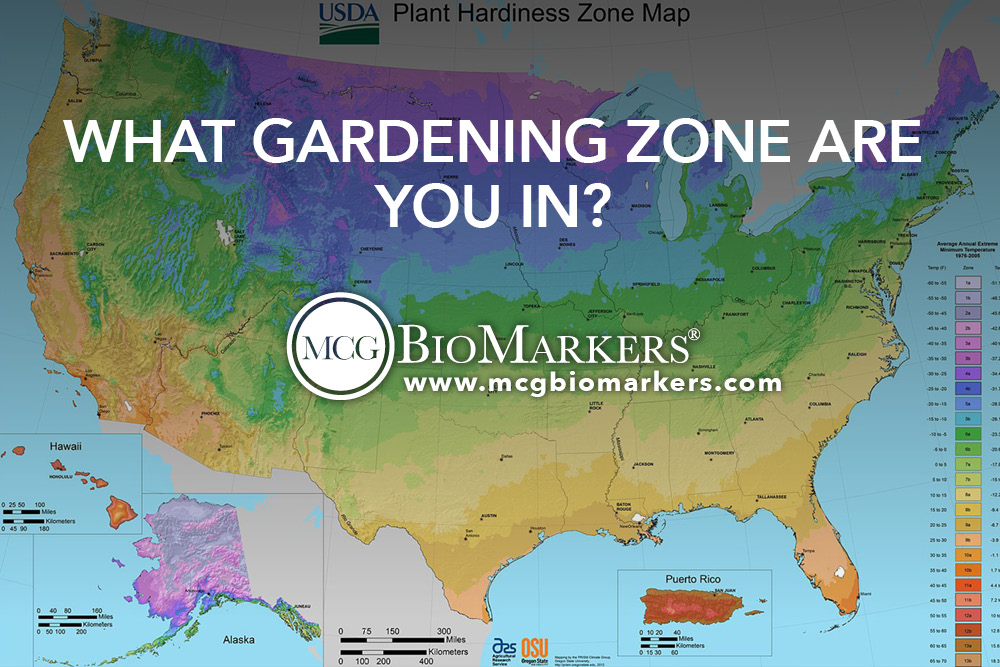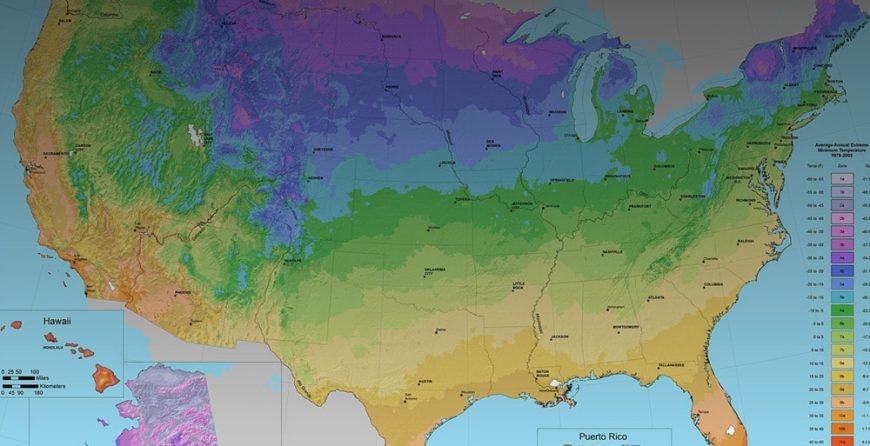 Have you ever wanted to know what plants are recommended for your area? Most organic gardeners enjoy growing plants throughout the year and making accommodations during the winter months, but that doesn’t every plant can survive in any region.
Have you ever wanted to know what plants are recommended for your area? Most organic gardeners enjoy growing plants throughout the year and making accommodations during the winter months, but that doesn’t every plant can survive in any region.
The USDA Plant Hardiness Zone Map is divided into sections and tells us which plants are most likely to thrive each section. The map is based on the average annual minimum winter temperature and is divided into 10-degree F zones.
Every organic gardener should know what zone they fall in as this tells them which plants will flourish in their garden and which ones won’t.
As of 2012, the map has remained the same. The U.S. Department of Agriculture released the updated map in 2012 and before that, it hadn’t changed since 1990.
Most of the State of Iowa falls in Zone 5, but what does that mean?
The Hardiness Zones
Plant hardiness zones represent the average minimum temperatures that occur at that location. Each of the 13 zones is divided into 10-degree Fahrenheit bands, which break down into A and B 5-degree zones.
The hardiness of the zones take into consideration the changes in elevation, closeness to large bodies of water, and position on the terrain such as valley bottoms and ridge tops. Gardeners are encouraged to consider the zone map as a guide and remember to factor in their location when making plant selections for the upcoming gardening season.
Keep in mind that even though two different cities may fall in the same zone, there can still be a great difference in average temperature. For example, Mason City, IA falls in the same zone as Ames, IA (both happen to fall in zone 5a), but Mason City has a tendency to be several degrees colder than Ames in the winter.
During a typical winter, Mason City falls into the negative range, including temperatures as low as -17 in January, more than Ames does (the minimum temperature usually falls around -4).
Other Considerations
When making plant selections, you should also consider how rural or urban your area is, whether you’re in a low-lying area near a stream or hilltop, and other local factors that affect temperatures and plant growth.
Taking the time to understand your Iowa growing zone can help you choose plants that will tolerate your winter weather. When you grow plants that match your zone, or one lower, they will be better able to survive wintry conditions. If you choose to work with plants grown outside of your zone, then you’ll have to take additional steps to protect or relocate them.
Plants appropriate for your Iowa zone can be found at your local nursery or gardening center. Most nurseries make it a point to stock plants that can survive your local climate conditions and they’ll be marked as hardy. Non-hardy plants should be labeled as such.
As an Iowa gardener, you should be cautious of planting large numbers of Zone 5 plants if you live north of Highway 20. Plants that survive the best in that area are actually the ones recommended for Zone 4.
To find out exactly which gardening zone you’re in, visit the USDA Plant Hardiness website and use the interactive map to determine where you fall. We suggest printing a copy of the map so you have it handy when ordering seeds or picking up seedlings.


